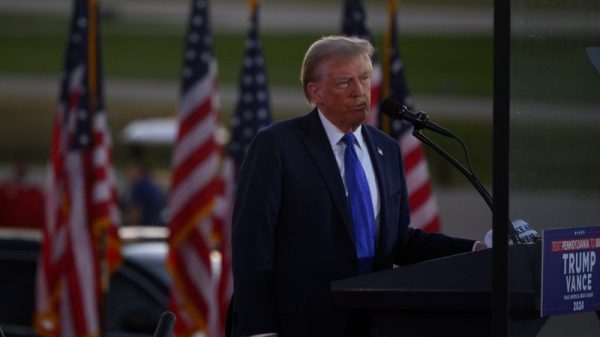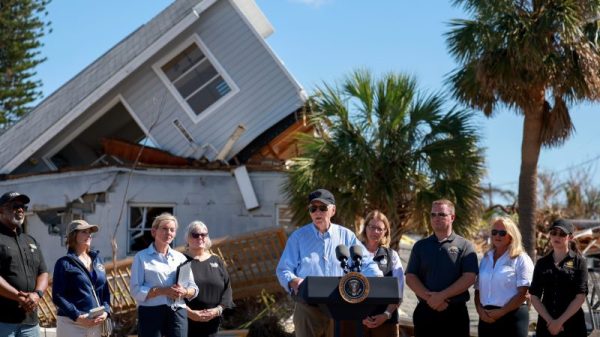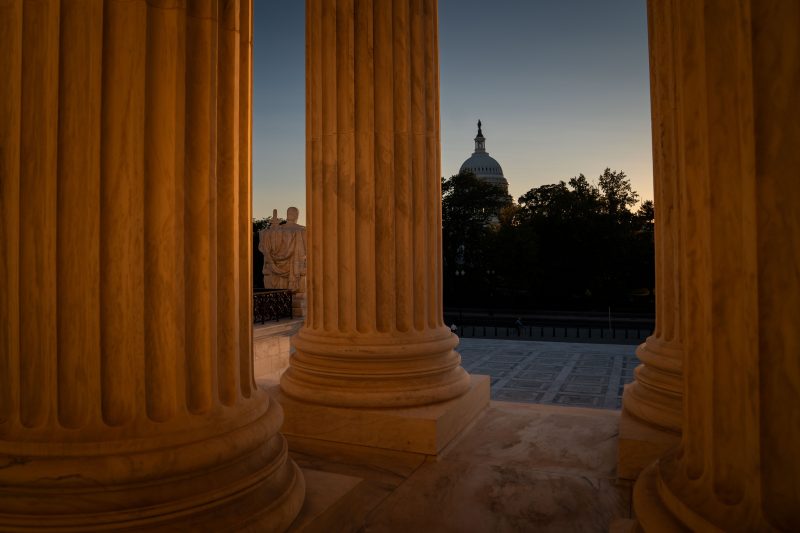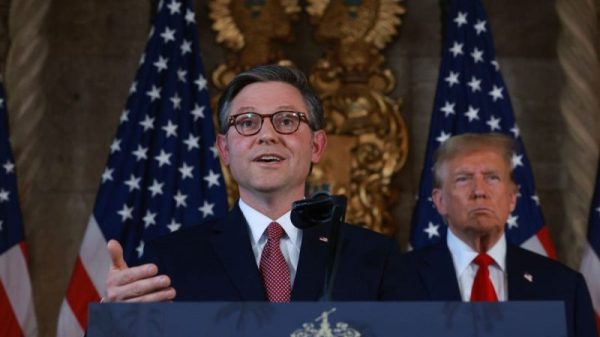The United States has a long history of threatened and actual government shutdowns, stretching back long before the current stalemate in Congress over President Donald Trump’s demand for $5.7 billion to finance a wall along the southern border.
In recent years, the disputes over shutdowns have revolved around budget and fiscal issues, as well as politically contentious issues such as immigration. But the government has been shutting down for various reasons since the early 19th century.
In 1879, President Rutherford B. Hayes vetoed a bill that would have funded the Army and Navy, which prompted a brief shut-down. In 1916, President Woodrow Wilson signed a law limiting spending and authorizing a temporary closure of the government that lasted for 12 days. In the 1930s, Congress prohibited redemptions of certain gold certificates, which forced the Treasury to close for a few days.
The practice of threatening and carrying out government shutdowns has unfortunately become a political tool in recent decades. Presidents such as Jimmy Carter, Ronald Reagan, George H.W. Bush and Bill Clinton have all used shutdowns to try to push through their agendas.
As this long history of shutdowns shows, the US government can be surprisingly resilient even when it is technically closed for business. The country may start feeling the effects from the current partial shutdown over the coming weeks, but the public sector and essential services will still continue to provide services. This experience could also show our elected officials the dangers of gridlock and the need for compromise when it comes to political and fiscal matters.


































